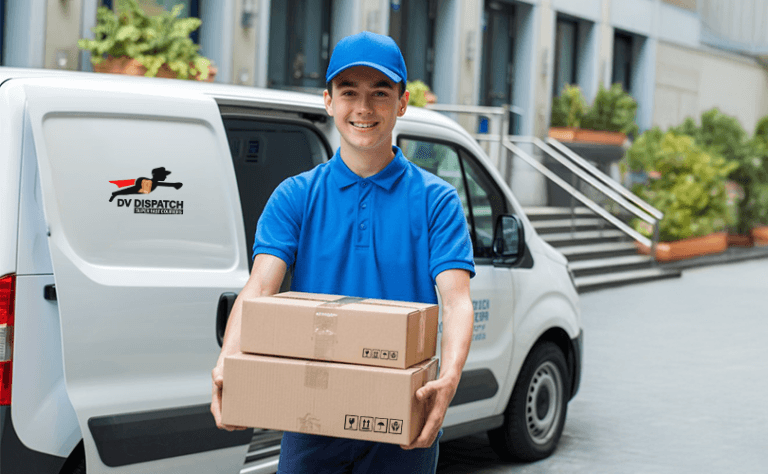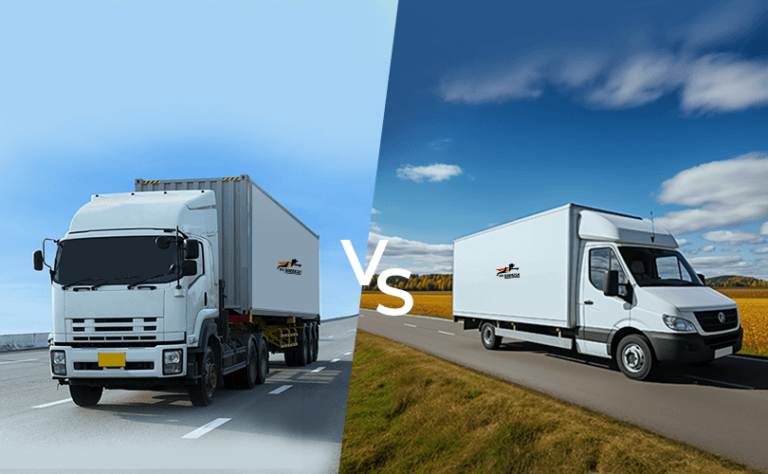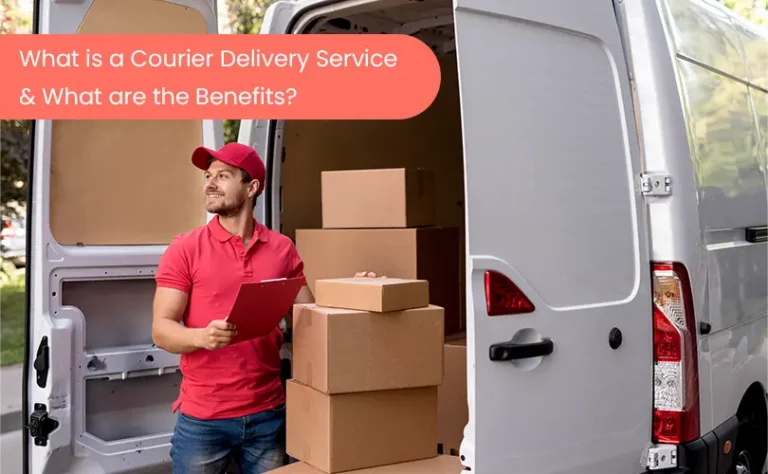
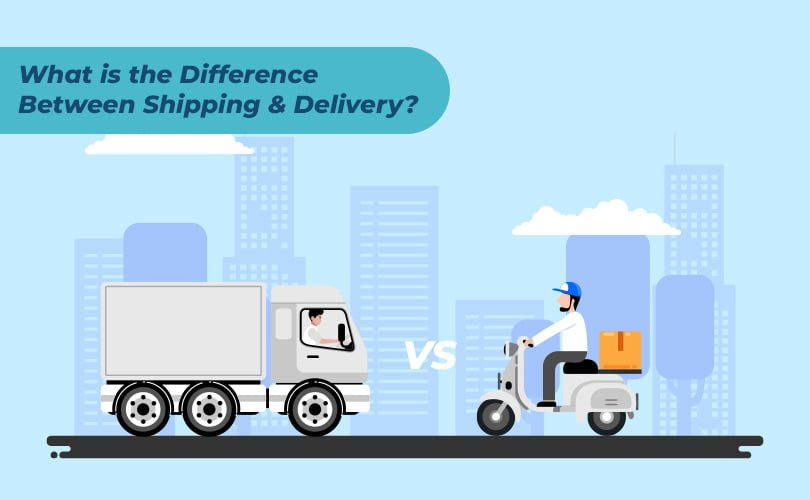
If you have ever bought something online, you might have seen the words shipping and delivery. Many people think these words mean the same thing, but they do not.
In this blog post, we will explain the difference between shipping and delivery. This will help you understand what happens when you order something online or use a service like Dvdispatch to send and receive packages.
We will also talk about why it is important to understand these differences. Knowing this can help make your business better and organize your company’s shipping and delivery in the best way!
Shipping means the item leaves the supplier’s warehouse. It involves putting goods onto trucks or ships, moving them to a distribution center, and then taking them off the vehicles. Shipping is one part of many steps in logistics. It usually means the item has left the supplier’s warehouse and is ready for the next step, which is delivery to the customer.
This process involves loading goods onto trucks or ships, transporting them to a distribution center, and then unloading them. Shipping can be a difficult process, and it is important to choose the right way to move each type of goods.
Delivery happens when a delivery company or driver brings the goods to the customer’s address or another place they want.
Delivery means checking that the right package is being delivered and that it is in good condition. After checking, the customer signs for the package, and it is considered delivered.
Depending on the delivery service chosen by the customer, a local postal service might offer threshold delivery or white glove delivery.
There are different definitions of “shipping” and “delivery” depending on the circumstances. The type of product that needs to be delivered can also be referred to.
In shipping, small items are packed, prepared, and sent quickly and efficiently through a local courier or postal service.
By contrast, delivery involves transporting large items, such as furniture, major appliances, and electronics, from a warehouse to a customer.
To help you understand delivery and shipping better, here’s a quick comparison.

Same day shipping and same day delivery are two different things.
Same day shipping is when the item is shipped to the customer on the same day it was ordered. This type of shipping allows the customer to get their item fast. They are not subject to the traditional mail services that can take days or weeks for the item to get from the seller’s warehouse to the customer’s door.
Same day delivery is when the item is delivered from the seller’s fulfillment center or physical store to the customer’s door within 24 hours.
If you need your items fast and don’t want to wait for normal delivery, you may have to pay more for same-day delivery.
Higher shipping costs generally means faster delivery. Once your order is confirmed your items are packaged and handed over to a courier service, delivery company or 3rd party logistics operator. The packaging can happen at various locations such as a retail store, warehouse, fulfillment center, post office, UPS store or distribution center.
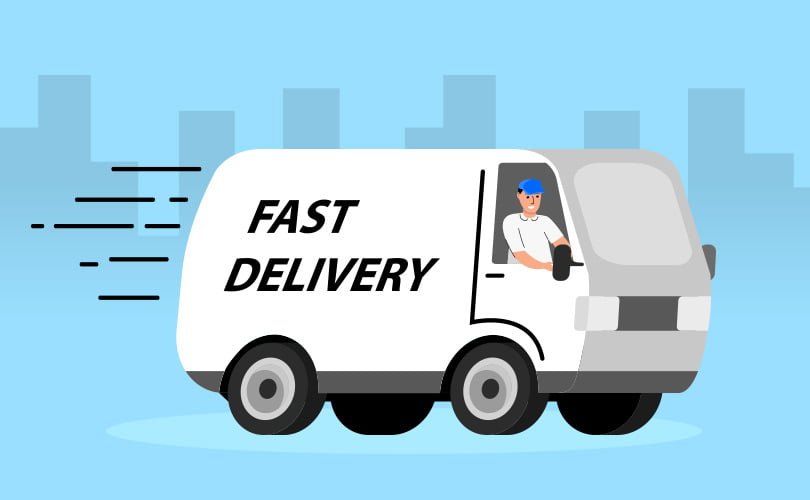
After packaging the items are shipped using the chosen shipping method. Expedited shipping options which cost more prioritize your shipment so it gets to you faster. Throughout this process tracking information is often provided so you can track your package in real time. In some cases additional services like insurance or signature confirmation may be added to make the delivery experience better and ensure your items arrive safely.
Amazon
Amazon, the big online retailer, makes a clear difference between shipping and delivery. When you order, Amazon shows you an estimated shipping date and an estimated delivery date. For example, an item might have a shipping date of June 10th and a delivery date of June 12th. This helps manage customer expectations and confusion.
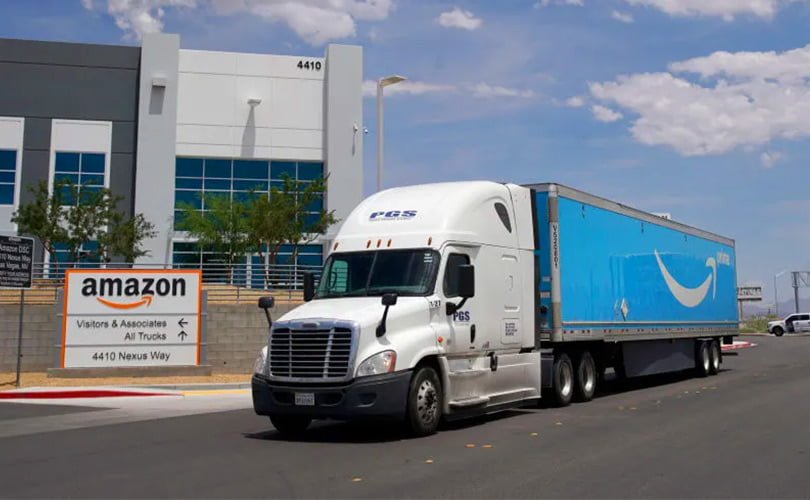
Amazon’s Prime service has faster shipping options, often one-day or two-day delivery. In this case, the shipping date is almost immediate and the delivery date is very close since Amazon has a huge logistics network.
Walmart also shows shipping and delivery dates on their website so customers know when to expect their orders. They offer standard, expedited and same day delivery to fit customer needs.
Walmart has over 40 dedicated e-commerce fulfillment centers in the U.S. and uses over 3,500 of their stores to fill online orders. With this vast network they can fill most 2-Day Shipping orders in 24 hours, many orders are shipped same day as ordered. Walmart’s proactive communication about delays and on-time delivery (95% on-time in 2022) helps keep customers happy (Case Study)

For more detailed insights, you can explore resources like the Harvard Business School’s case studies on Walmart’s omnichannel strategy and Vector’s analysis of Walmart’s supply chain management
The Benefits of Clarity
Knowing the difference between shipping and delivery has many benefits:
Better Customer Satisfaction: When customers know when to expect their orders, they’re happier with the whole experience. Clear communication reduces uncertainty and builds trust.
Fewer Customer Support Tickets: When customers know shipping and delivery dates, they have fewer questions and complaints. That means fewer support tickets and a more efficient use of resources.
More Brand Loyalty: Good delivery experiences = loyal customers. When businesses meet or beat delivery expectations, customers will come back.
Edge: In a noisy world, being clear on shipping and delivery is a differentiator. Customers like businesses that put communication first.
Tips for Businesses
Here are some best practices for businesses to ensure a smooth shopping experience:
Provide Clear Information: Always display both the shipping date and the delivery date on product pages and during checkout. Use simple language to avoid confusion.
Offer Tracking: Give customers tracking information so they can monitor their package’s journey. This transparency improves the overall experience.
Set Realistic Expectations: Don’t promise delivery dates that you can’t meet. It’s better to under-promise and over-deliver.
Communicate Delays Promptly: If there are delays, inform the customer as soon as possible. Proactive communication can help maintain trust.
Invest in Logistics: Improve your logistics network to ensure efficient shipping and delivery. Partner with reliable carriers, use advanced tracking systems, and manage inventory well.
In conclusion, shipping and delivery are different stages in the journey of a product from the seller to the buyer. Shipping is about sending the goods from the seller’s facility, while delivery is about getting the package to the customer’s doorstep. Understanding this difference is important for setting clear expectations and improving the overall shopping experience.
By providing clear and accurate information about shipping and delivery dates, businesses can improve customer satisfaction, reduce inquiries, enhance brand loyalty, and gain a competitive advantage. In the fast-paced world of online shopping, clear communication is essential.
So, the next time you place an order or manage a shipment, keep these differences in mind and strive for clear communication at every step. Your customers will appreciate it.


